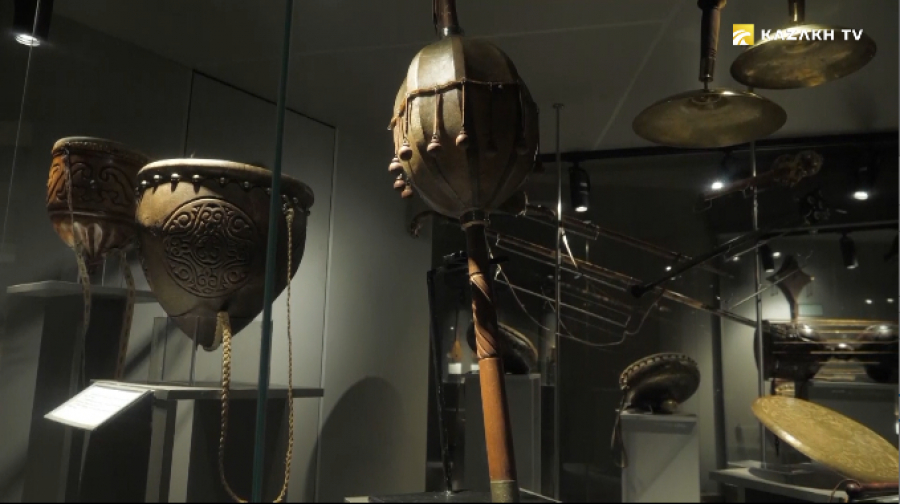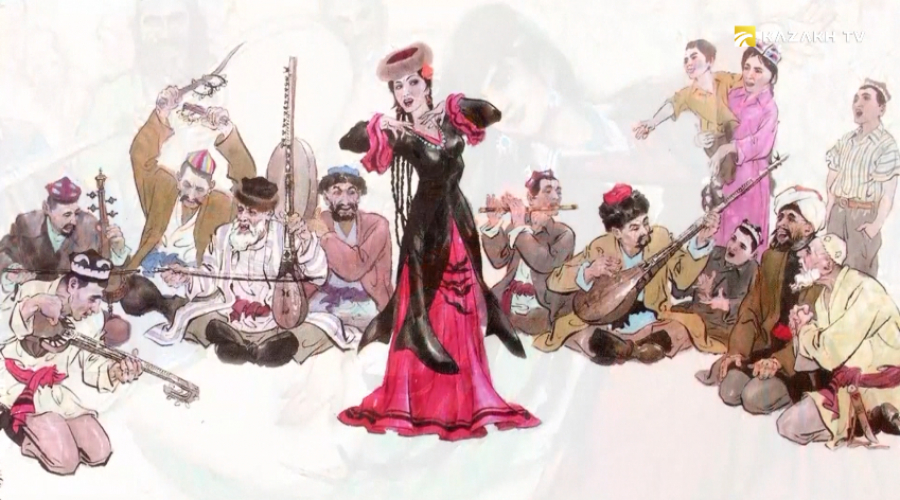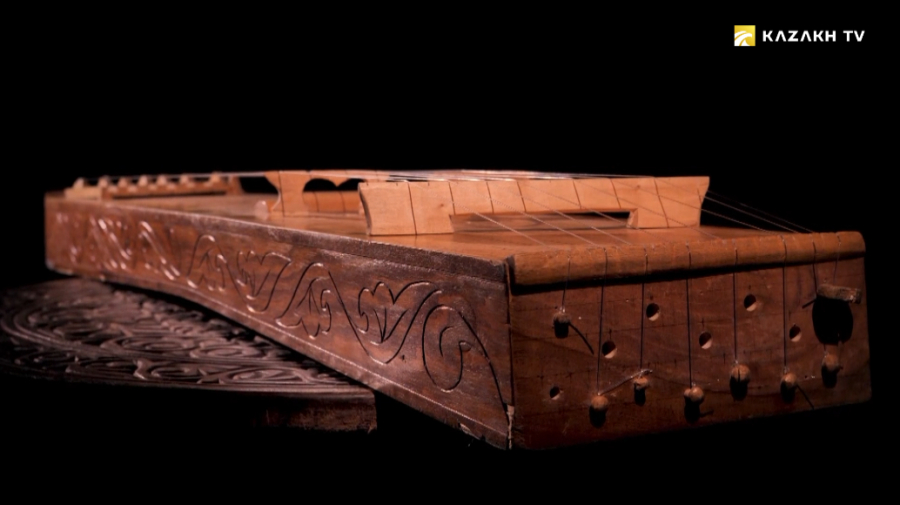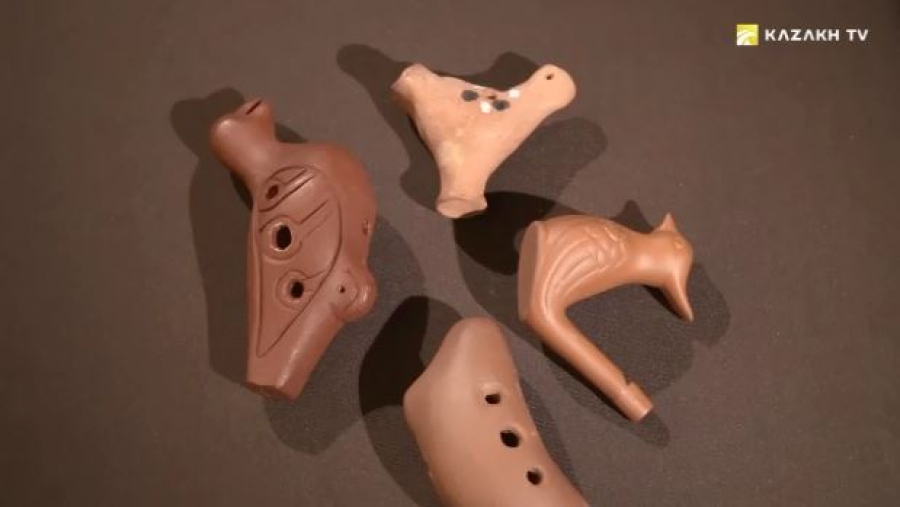Ancient Musical Instrument Sherter
1865, Paris, France. In scientific circles, the album of the Polish politician, historian and artist Bronislaw Zalesski's “Life of the Kyrgyz Steppe”was spread. Few of his Parisian associates knew that in the 1950s the author spent several years on the Mangyshlak peninsula in Western Kazakhstan, 6,000 km away from his current place of residence. On the pages of the album you can see people dressed in exotic clothing for the French, yurts, horses and camels.
On One of these drawings the narrator-singer Myrzakai is depicted, he was holding a small three-stringed instrument without frets, with a short neck in his hand. The scientist Bolat Sarybaev identified this instrument as a sherter, and later he was engaged in the revival of this instrument based on the drawing of Zalessky in the workshop of the museum of folk instruments.
From here begins the history of the study of one of the oldest Turkic musical instruments. For Kazakhs, it is called sherter.
This is a three-stringed plucked instrument that looks like a dombra, while the old sherter had an open case, three strings and a short fretboard without frets. Sherter was made from a single piece of wood.








